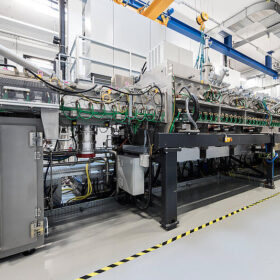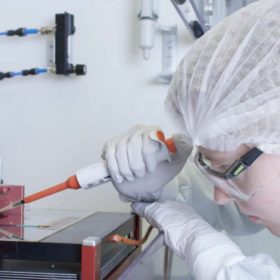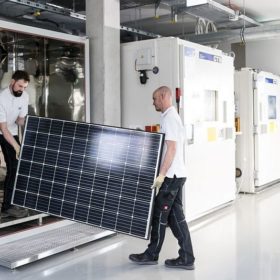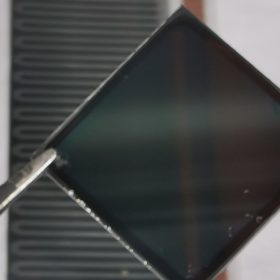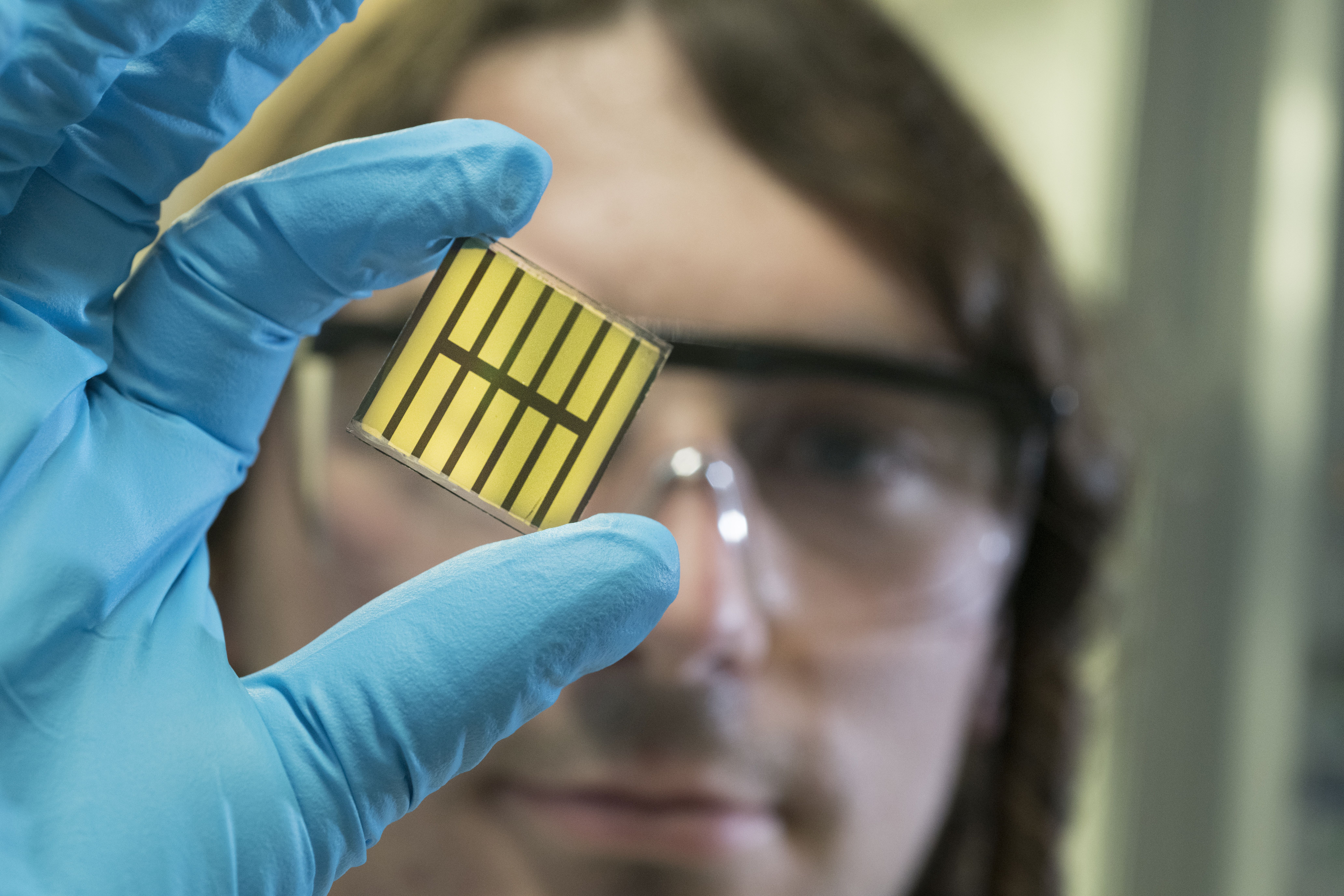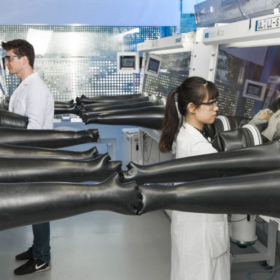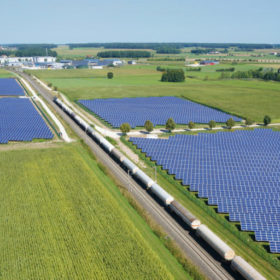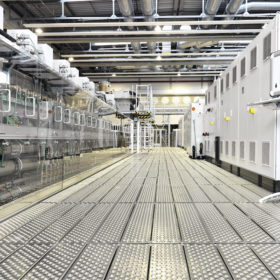ZSW, First Solar partner to collaborate on thin-film PV
Zentrum für Sonnenenergie- und Wasserstoff-Forschung Baden-Württemberg (ZSW) and First Solar have agreed to work together to develop thin-film PV technologies on a gigawatt scale.
Eco-friendly solvent for a 16.7% perovskite solar cell
Scientists in Germany looked to eliminate the use of toxic solvents in the production of perovskite solar cells, replacing them with a more environmentally material called dimethyl sulfoxide (DMSO) which has so far proved difficult to integrate into processes suitable for large-scale production. The group demonstrated a scalable blade coating process using DMSO as the only solvent, and reached cell efficiencies close to those achieved using more toxic substances.
Solar power generation has risen 13% in Germany this year
The proportion of German electricity generated from renewables is five percentage points higher already than it was in the first nine months of last year.
Global daily round-up: Israel set to import solar power from Jordan and a hydrogen deal for South Holland
Plus, some 5 GW of solar could be heading to Botswana and Namibia and news of a new automotive fuel cell building in Ulm, Germany.
Preventing PID at 1500 volts
Scientists in Germany have developed a “heavy duty” test to provide insight into the long term effects of potential induced degradation in PV modules. The tests go well beyond those established by IEC standards and seek to guide manufacturers and investors on the best choice of materials – encapsulants in particular – when it comes to long term PID resistance.
International consortium claims 25% efficiency for perovskite CIGS solar cell
Researchers led by Belgian institute imec claim to have achieved the result with a 1cm² perovskite tandem solar cell. The result tops the 24.6% efficiency the consortium announced in September 2018. The cell’s developers are now aiming for 30%.
German scientists team up for perovskite tandem cells
Two of Germany’s leading research institutes and a CIGS module maker have announced plans to work on the development of perovskite-CIGS tandem cells with a target of producing thin film modules with better than 30% efficiency.
‘E-Magic’: Magnesium batteries for a post lithium age
The “E-Magic” research project is set to receive over €6.7 million from the EU Horizon project. The aim is to develop new batteries the are more powerful, cheaper and safer than lithium-ion ones; and it could pave the way for the establishment of a competitive battery cell production landscape in Europe.
Renewables to account for 38% of Germany’s 2018 gross electricity consumption
The figure released by German industry associations BDEW and ZSW shows that no technology has grown as much as solar PV. Indeed, they say production increased 18% year-on-year. Overall, wind energy remains the largest producer of renewables, with annual growth of 7% over 2017.
Leading research institutes to collaborate on flexible CIGS
Two of Europe’s leading research institutes, Germany’s Centre for Solar Energy and Hydrogen Research Baden Württemberg (ZSW) and the Institut Photovoltaïque D’Île de France (IPVF) have announced plans to closely cooperate in researching concepts for flexible solar cells utilizing CIGS technology.
